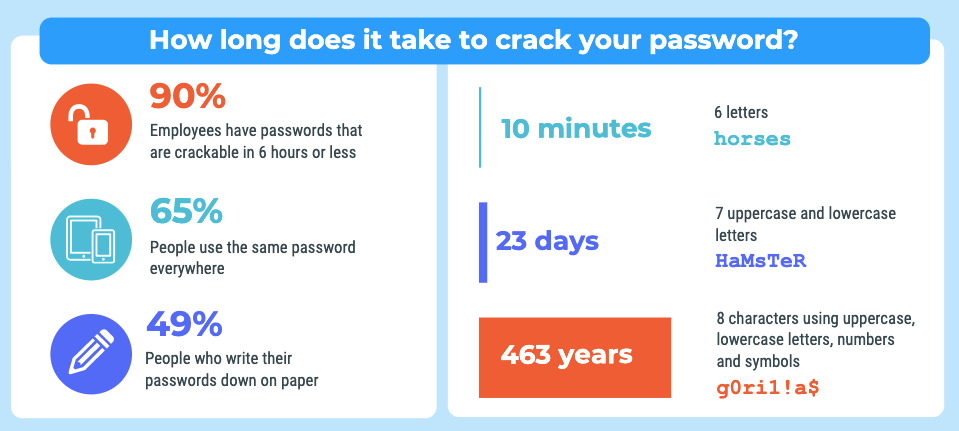By Jeff Doleweerd
•
May 14, 2024
Access to community healthcare is paramount for individuals across various stages of life — from seniors desiring to age gracefully in their own homes, to new parents seeking care for their infants and individuals in need of mental health and addiction support. Traditionally, when we mention referrals, the image of a physician sending a document to a specialist comes to mind. However, the landscape of healthcare referrals is evolving, and it's time to redefine our approach. Gone are the days when referral management systems solely relied on healthcare professionals. Take Caredove, for example. What was once considered a referral management system has transformed significantly to a multichannel access management platform. Surprisingly, 43% of referral activity now stems from direct public sign-ups. This shift is monumental, with a staggering 70-fold increase in public service requests compared to pre-pandemic levels in 2019. Clinician referrals will be the minority of service requests activity in our platform by the end of 2024. Why this paradigm shift? During the pandemic, communities learned the importance of direct access to essential services. The notion of gatekeeping community services in any manner like specialist services became obsolete. The crisis strengthened the muscles of direct access, emphasizing the significance of preventive health through social and other services that keep people out of hospitals and other care facilities. Moreover, primary care is under immense strain, with 15% of Canadians lacking consistent access to ongoing primary care. In such a scenario, burdening already stretched healthcare professionals with more referral duties is not sustainable. Accessing services directly not only expedites the process but also empowers individuals to take charge of their own health journey. It signifies readiness for change and recovery, without the artificial requirement of seeing a physician solely for a referral. Primary care remains crucial, and it's imperative to equip them with resources available at their fingertips, enabling them to navigate the healthcare landscape autonomously. After all, patients trust their primary care providers, and we should harness this trust. We also need to foster a culture of self-advocacy and consumer empowerment as part of a broader solution. Community agencies are champions of a healthcare system where individuals are empowered to take control of their health, supported by a network of trusted professionals. In an era of putting patients before paperwork, it is time to embrace direct access and take every bit of unnecessary administrative burden off family doctors and nurse practitioners, in the process.





